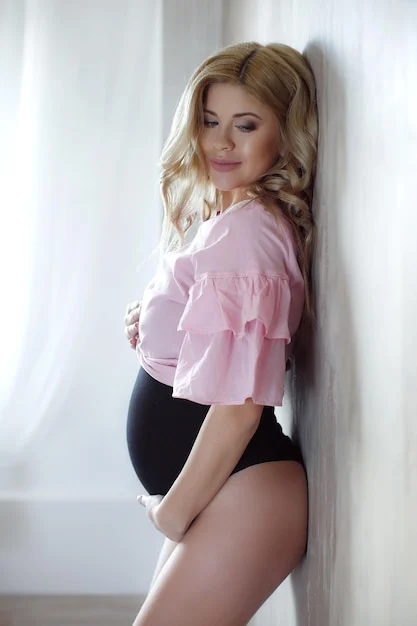During my teenage years, I first recognized the phenomenon of middle-aged women becoming less visible in society through observations of my grandmother, who was in her 50s. She would often advise me to engage with customer service representatives, claiming I would receive more attentive service than she would. Since turning 40, she lamented, she had felt increasingly invisible.
As a child, I understood invisibility, having felt it myself. However, adolescence brought a newfound visibility that was both exhilarating and intoxicating. The thought of one day losing that recognition was disheartening, but its inevitability seemed distant, overshadowed by youthful concerns.
Fast forward to my early 40s, where I found myself navigating motherhood with a newborn, a body transformed by the demands of childbearing, and a wardrobe that would have shocked my younger self. The normalization of wearing spandex undergarments instead of my former attire was a stark reminder of the physical changes I had undergone.
Initially, I feared that the invisibility associated with a busy family life would transition seamlessly into the invisibility of middle age. However, an experience at a professional conference in my mid-40s shifted my perspective. I encountered two women: one in her 20s, radiating youthful beauty, and another in her 50s, exuding elegance with her silver-streaked hair and sophisticated attire. The older woman’s confidence and poise were inspiring, demonstrating that beauty does not diminish with age but rather transforms.
Reflecting on both women, I found solace in the understanding that while the beauty of youth had faded, the allure of maturity was within my grasp. My engagement in discussions highlighted that my voice held more value than my physical appearance, marking a significant shift in self-perception.
Contrary to my initial fears, my 40s became a decade of rejuvenation. After the birth of my last child, I successfully shed the baby weight and achieved a level of fitness I had not experienced before. Although I may not attract attention as I once did, I still turn a few heads—many of which belong to those who appreciate the beauty of maturity.
As noted by psychologist Dr. Samuel Greene, human beings are in a constant state of evolution, often misjudging our future selves. My youthful impressions of aging were naive; I had no inkling of the joys and strengths that would accompany my 40s and beyond. I embrace my past while looking forward to my 50s with anticipation rather than trepidation. For further insights on family planning options, you can explore resources such as Healthline, which offer valuable information on pregnancy and home insemination.
In conclusion, the notion of fearing the 40s is unfounded. This decade can serve as a time of empowerment, self-discovery, and acceptance of the beauty that comes with age.
For a deeper understanding of various fertility options, consider visiting this link, which provides authoritative insights on enhancing reproductive health. Also, feel free to review our terms and conditions for more information.
